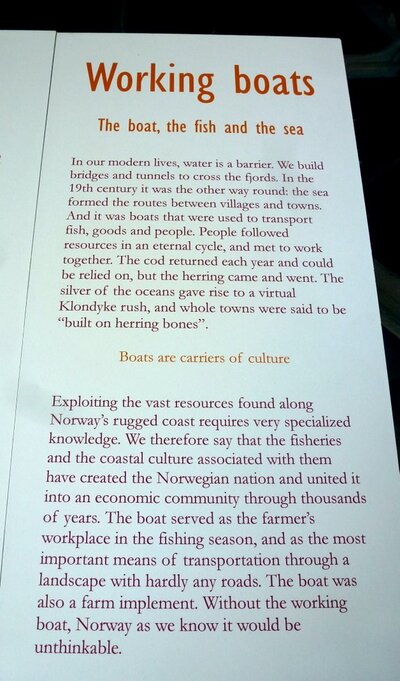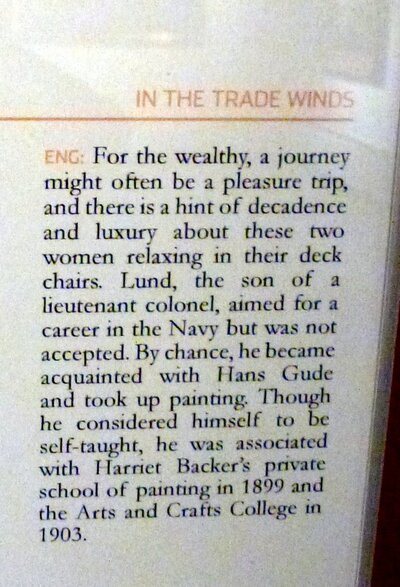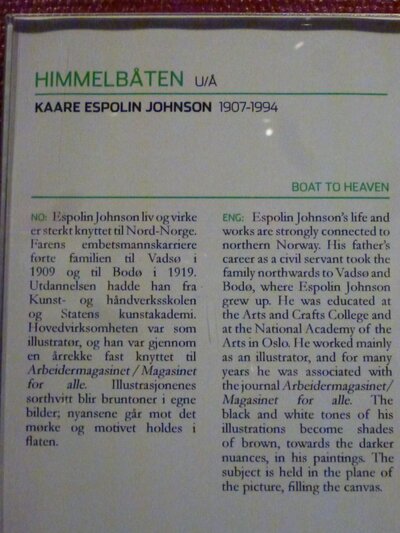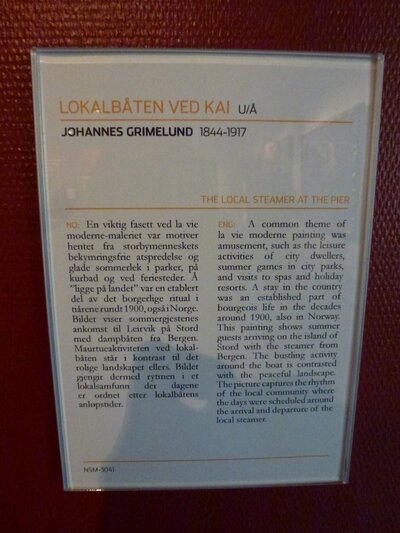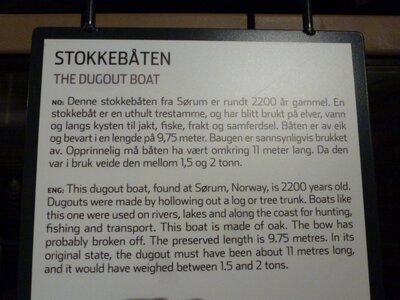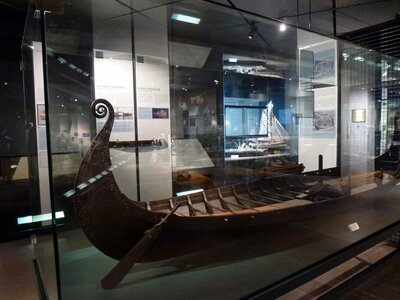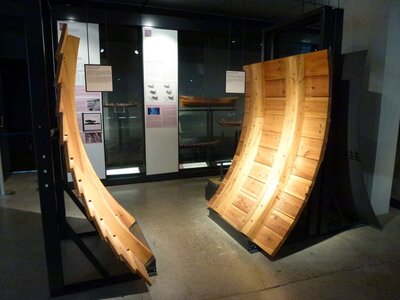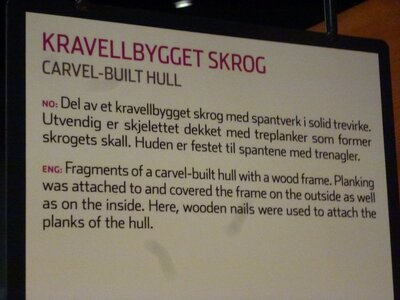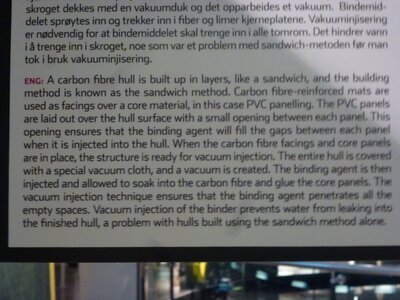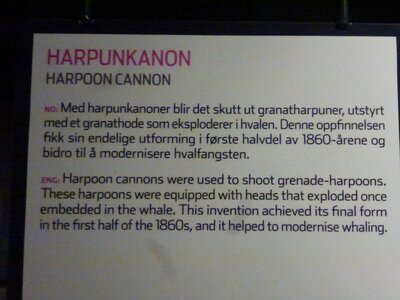After the Kontiki, the Norwegian Maritime Museum was the next on our list. Compared to the Kontiki, the FRAM, and the Viking Ship Museum, it didn't have any major artifact from the past among its exhibits. It did have beautiful paintings, boat figure heads, and some old boats. What proved to be most interesting for me here was the exhibit showing what ships' hulls were made of.
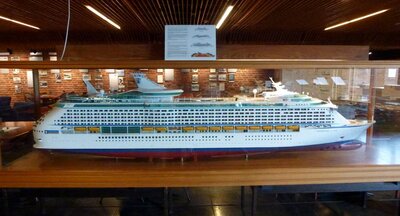
A model of a Norwegian Cruise Line ship
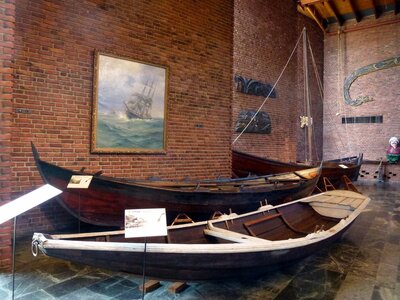
The so called working boats
It was in 1997 when I first saw a ship figurehead. Marc and I were in London then and we went to see the Cuttysark just outside London. There was a number of figueheads there and they all looked so beautiful, colorful, and artistic. I wondered about its significance then. Little did I know that figureheads were used to decorate ships for identification purposes. It is said that since many people in the olden days were non-literate, the use of figureheads was one way for them to distinguish between that ships that sailed.
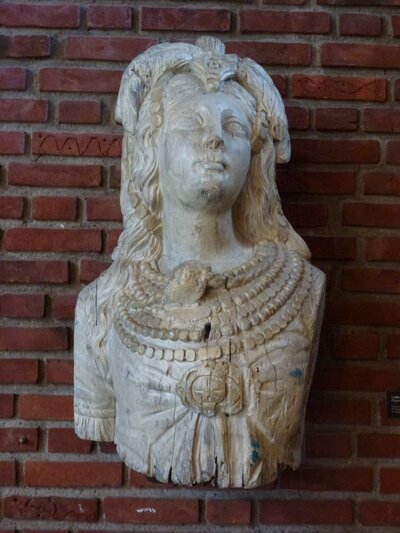
A figurehead
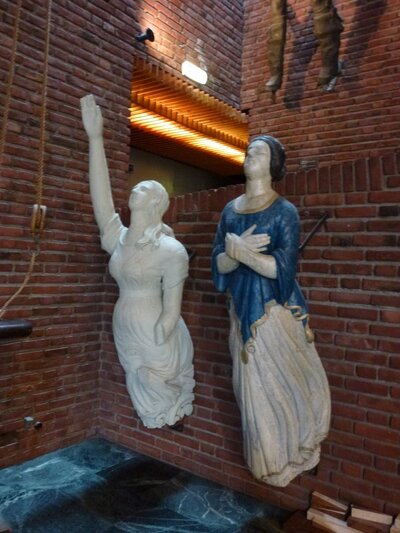
Bigger figureheads
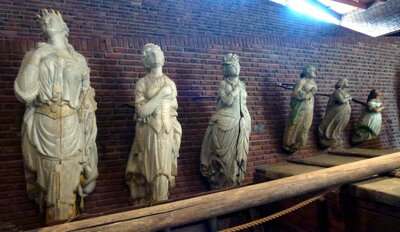
More figureheads
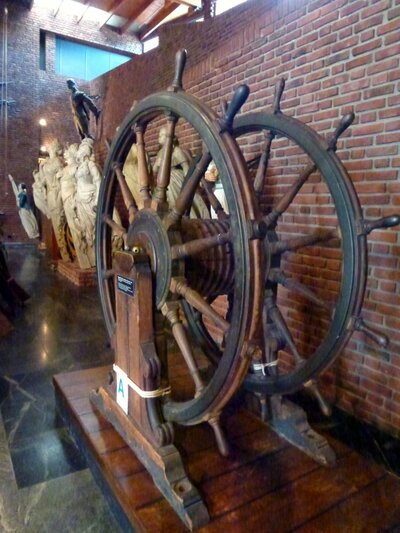
A wheel artifact which ship captains usually steer from the bridge
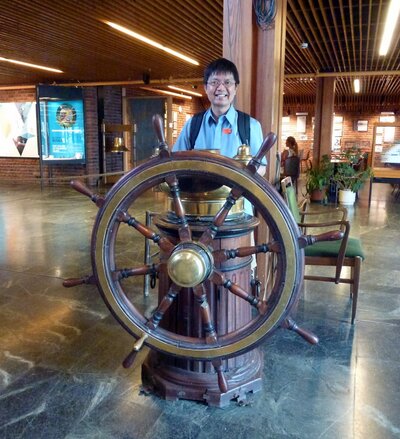
Behind a boat's steering wheel
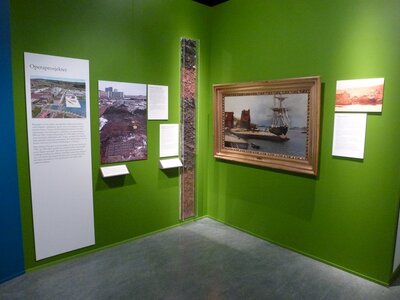
There was a mid size gallery of oil paintings about boats, ships, and the sea inside the museum. All paintings were masterpieces of Norwegian painters of course and had Norway and its seas as the main topic.

I took a picture of this painting as it reminded of the story of Ernest Shackleton, the man whose ship got stuck in the middle of glaciers and snow near the south pole for an extended period of time. This particular picture was used by the book publishers as one of the story's illustrations.
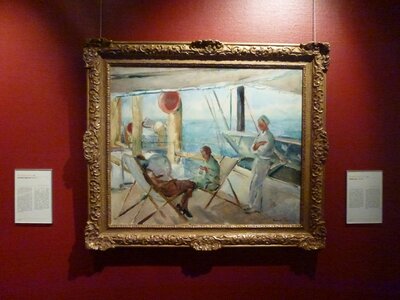
In the Tradewinds
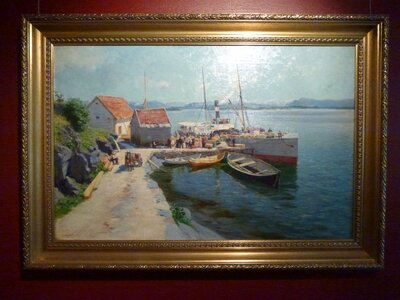
The Local Steamer at the Pier
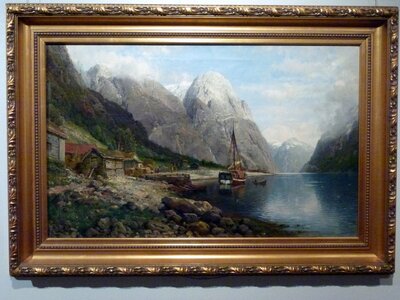
At the Ferryman's
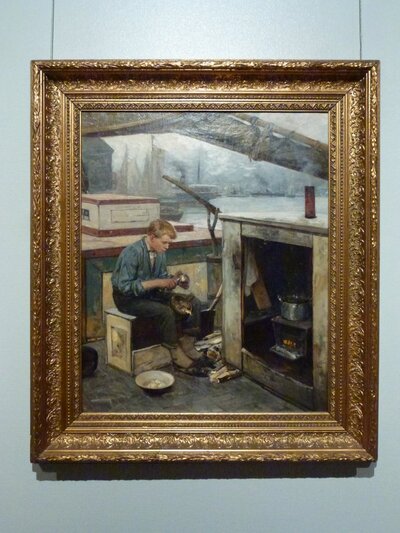
Maiden Voyage
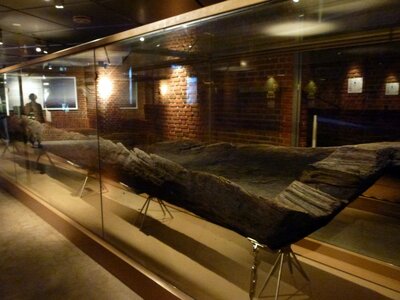
The Dugout Boat
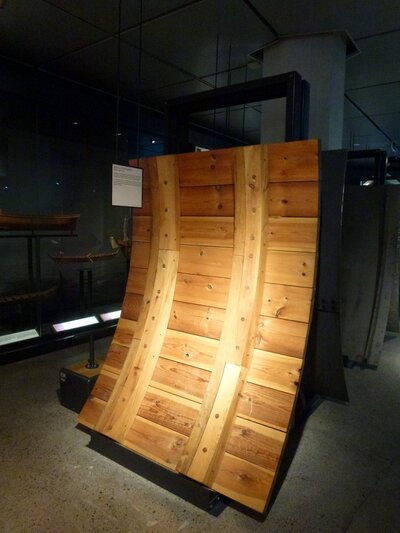
Carvel built wood frame
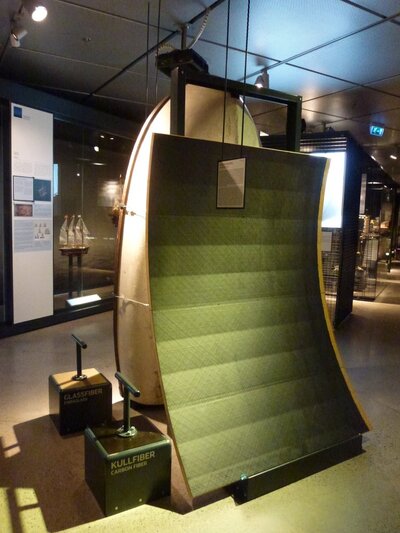
A carbon fibre hull
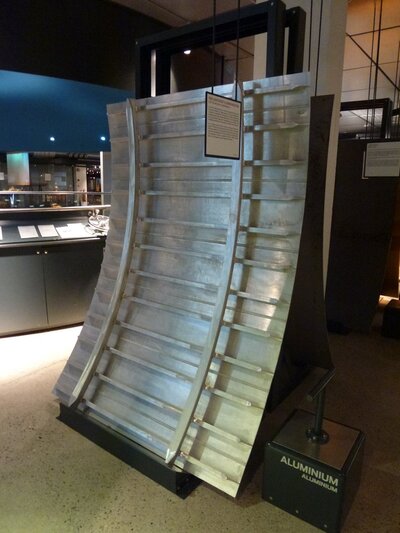
Friction Welded Aluminum Hull

Waarum's Plastic Dinghy from 1953
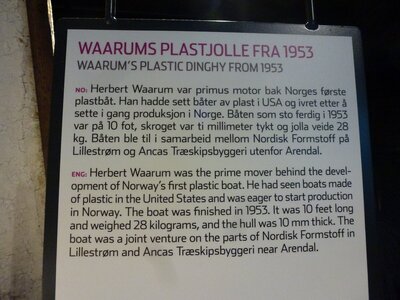
Waarum's Plastic Dinghy from 1953
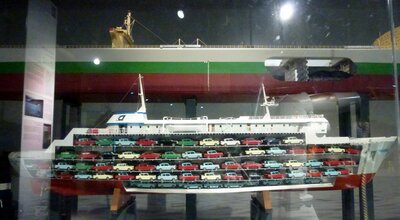
A replica of a ship that transported cars

A harpoon cannon


